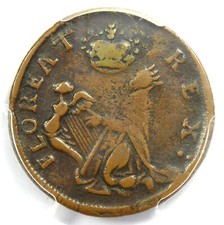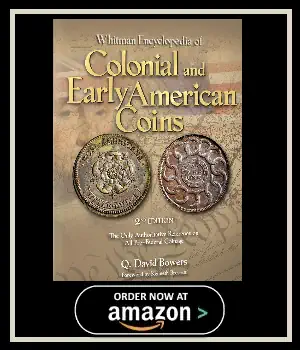
Colonial Coins
Early Currency Development in America
The introduction of coins in the 13 colonies marked a significant milestone. Furthermore, this development shaped the early history of what would become the United States. Additionally, these colonies were inhabited by settlers primarily of English and European descent. Before establishing their own coinage, they relied on various currencies and barter systems.
Foreign Coins in Colonial America
English Currency
Initially, the first coins to circulate in the 13 colonies were not products of their own mints. Instead, early settlers brought them over from England. Moreover, these included coins like halfpennies, farthings (quarter pennies), shillings, and sixpences.
Spanish Silver Coins
Spanish silver coins, such as pieces of eight, were also popular. Notably, these coins were also known as Spanish dollars. Furthermore, they were especially common in the southern colonies due to active trade routes.
This popularity was due to the thriving trade between the southern colonies and Spain and Latin America. It’s worth noting that these early American settlers were quite resourceful in their use of foreign currencies. The Spanish dollars, for example, were often cut into smaller pieces, creating “bits” or “pieces of eight,” to facilitate smaller transactions. This practice was common not only in the colonies but also in many other parts of the world.
As the 13 colonies started to grow and prosper, they realized the need for a more stable and readily available currency system. They began to mint their own coins, a move that was essential for the development of local economies. When the colonists initiated their coinage efforts, they often borrowed designs from the familiar English and Spanish coins. This borrowing of designs served to create a sense of continuity and trust in the newly minted colonial coins.
8 Popular Colonial Coins for Collectors
1. Pine Tree Shilling
Date: 1652
Origin: Massachusetts Bay Colony
Description: An iconic silver coin featuring a pine tree design, minted despite English law prohibiting colonial coinage. The date "1652" appears on most issues.
2. Hibernia Halfpenny
Date: 1723
Origin: Irish coin used in American colonies
Description: Minted for Ireland but widely circulated in the American colonies, featuring a seated Hibernia figure.
3. Virginia Halfpenny
Date: 1773
Origin: Virginia Colony
Description: Copper coin authorized by King George III, depicting the British monarch with the Virginia coat of arms.
4. New Yorke Token
Date: 1688
Origin: New York Colony
Description: Rare token believed to have been struck for New York, featuring James II's bust.
5. Fugio Cent
Date: 1787
Origin: United States (Pre-Constitution)
Description: Designed by Benjamin Franklin, featuring "Mind Your Business" and symbolizing time and commerce.
6. Continental Dollar
Date: 1776
Origin: Continental Congress
Description: Intended as a circulating dollar coin, featuring "Continental Currency 1776" and a sun dial with the motto "Fugio" (I Fly).
7. Carolina Elephant Token
Date: 1694
Origin: Carolina Colony
Description: Featuring an elephant on the obverse, believed to promote the Carolina colony.
8. Nova Constellatio Coin
Date: 1783
Origin: United States (Proposed National Coinage)
Description: Early attempt at a national currency featuring a unique star design with multiple denominations.















 '
'